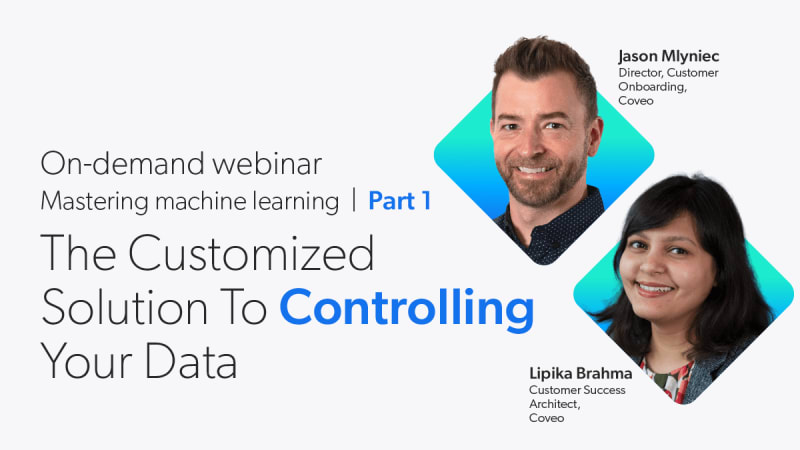
Setting Up Machine Learning Models With Coveo – Part One
Join Coveo experts Lipika Brahma and Jason Mlyniec as they share insights and best practices for setting up and fine-tuning your Coveo ML models for peak performance and personalization.
This webinar covers:
- How Coveo's ML models learn and adapt
- The key "optimization levers" for fine-tuning Coveo’s ML models
- How to leverage filter fields and custom context to achieve peak personalization

Jason Mlyniec
Director, Customer Onboarding, Coveo

Lipika Brahma
Customer Success Architect, Coveo



